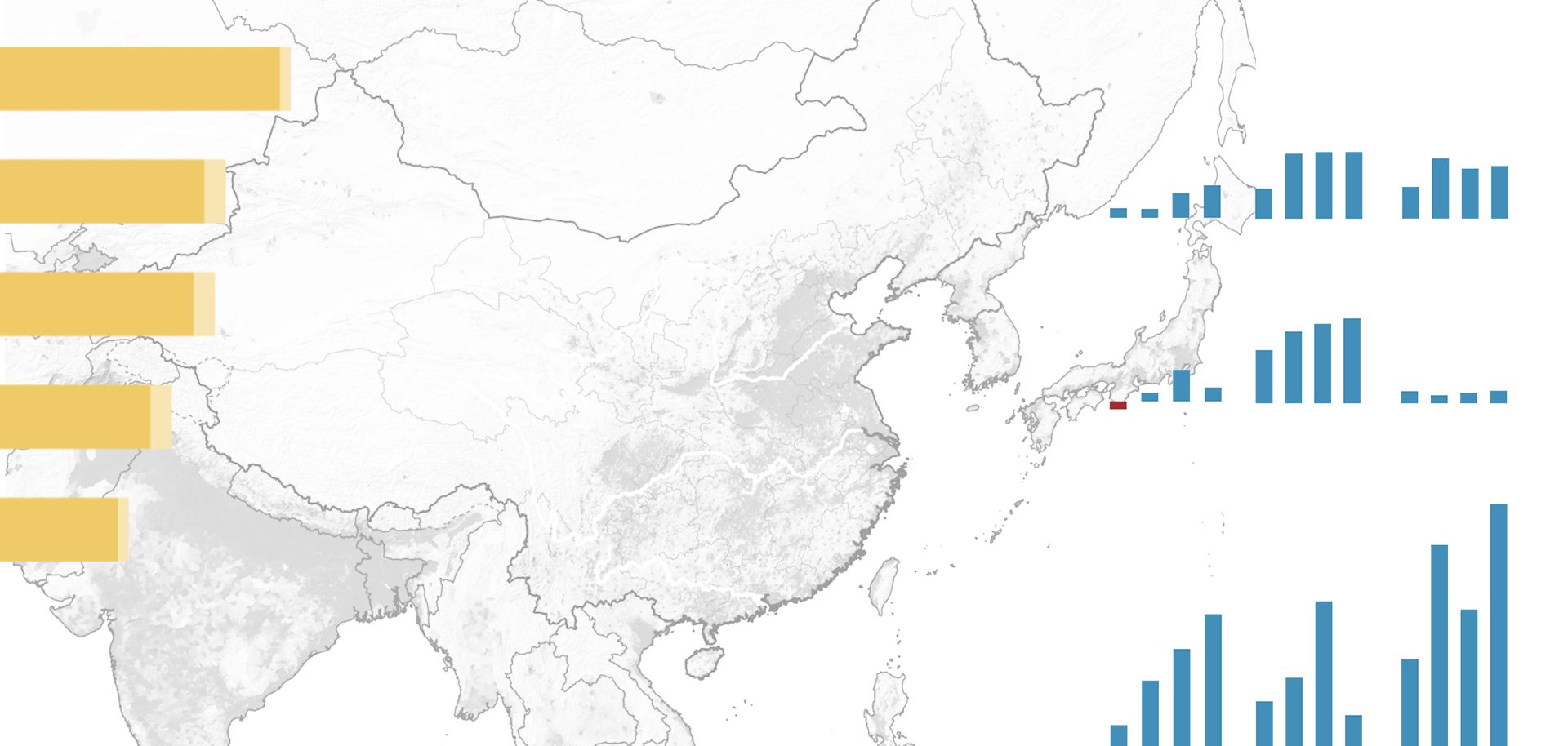
Iraq's Kurdish region faces serious geographic challenges when it comes to defense. The Kurdish paramilitary forces known as the peshmerga have to protect an arcing border that stretches for more than 1,000 kilometers (about 620 miles), forcing them to travel farther to defend their positions while the Islamic State enjoys interior lines of movement. Much of the region's critical energy infrastructure, both within the Kurdistan Regional Government proper and in the disputed regions surrounding Kirkuk, lies in open desert and near areas of Iraqi territory now claimed by Islamic State militants. Critical cities such as Dohuk, Arbil and Kirkuk are also nestled either within or close to the disputed territories on the crescent's interior border.
Additionally, the open land of the desert plays to the Islamic State's strength: mobility. The militants can use their fast-traveling technicals — pickup trucks outfitted with heavy weaponry — and mass quickly on weak points along the defensive perimeter. This is a serious problem for the peshmerga. They are defending recently gained territory and are thus readjusting their entire security presence to consolidate in places such as Kirkuk and Diyala provinces, which were threatened by the Islamic State earlier in the conflict. With the peshmerga overstretched, the Islamic State took advantage of security gaps and pushed in unexpected directions from the Mosul area and areas farther west.
Peshmerga forces are scrambling again to reorient and establish blocking positions in critical areas. With concentrated forces and foreign support and assurances, the peshmerga will have the advantage. Moreover, deeper into Kurdish territory the terrain becomes more rugged and favors defensive positions. However, the Islamic State will continue to use its mobility, shorter supply lines and the long border to its advantage.



